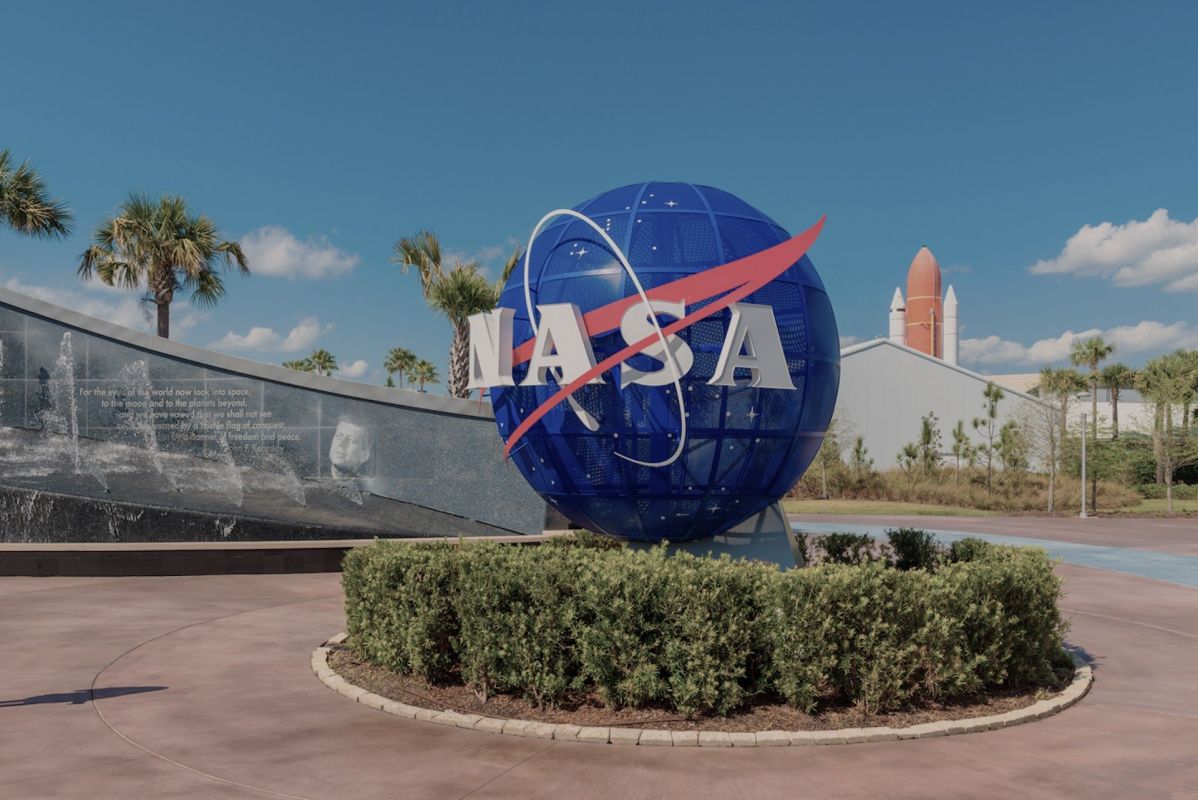Global temperature analysis from NASA has confirmed that the summer of 2023 was the hottest on Earth since records began.
The combined temperatures of June, July, and August marked a 0.41 degrees Fahrenheit increase on any other similar three-month period in NASA's data.
What did NASA find?
The summer of 2023 surpassed a number of heat records in NASA's data collection. Among them, August was 2.2 degrees Fahrenheit hotter than average temperatures, while the June through August period was 2.1 degrees Fahrenheit warmer than the average summer between 1951 and 1980.
According to the space agency, the temperatures seen this year continue a "long-term trend" in global heating.
"Summer 2023's record-setting temperatures aren't just a set of numbers — they result in dire real-world consequences," NASA administrator Bill Nelson said in a statement.
Why is this so concerning?
As Nelson noted, the high temperatures have led to a rise in extreme weather conditions worldwide.
"From sweltering temperatures in Arizona and across the country, to wildfires across Canada, and extreme flooding in Europe and Asia, extreme weather is threatening lives and livelihoods around the world," he said.
NASA observed that its data — in addition to research from other international institutions — has linked global heating to human-caused pollution.
Rising sea temperatures as a result of the El Niño weather phenomenon also contributed to the record highs experienced in summer, with the heat from the Pacific Ocean being sent into the Earth's atmosphere.
El Niño occurs every two to seven years when easterly trade winds weaken, and warm water moves from the Western Pacific to the western coast of the Americas. According to NASA, this can result in cooler, wetter temperatures in the southwest of the United States, as well as drought conditions in Pacific countries such as Indonesia and Australia.
Climate scientist and oceanographer for NASA Josh Willis noted the impact of El Niño in conjunction with the rising temperatures.
"The heat waves that we experience now are longer, they're hotter, and they're more punishing," he said. "The atmosphere can also hold more water now, and when it's hot and humid, it's even harder for the human body to regulate its temperature."
Meanwhile, Nelson said it's not difficult to see how temperature rises are impacting United States residents.
"Just look around you and you'll see what's happened," he said during a NASA conference in August, per Space.com. "We have record flooding in Vermont. We have record heat in Phoenix and in Miami. We have major parts of the country that have been blanketed by wildfire smoke and, of course, what we are watching in real-time is the disaster that has occurred in Hawaii with wildfires."
What can be done to stop temperatures rising?
NASA pointed to human-caused pollution as a significant driver of increasing temperatures.
Carbon pollution from vehicles and industry, as well as methane pollution from agriculture and landfill sites, acts like a blanket around the Earth, trapping heat and leading to a range of potentially catastrophic weather events.
With that in mind, significantly reducing pollution is essential to prevent more heat records from being broken in the future.
Using cleaner energy sources like solar or wind power can make a huge difference, as can driving an electric car. Meanwhile, cutting down on meat consumption and recycling domestic waste appropriately is another way to help stop harmful gases entering the atmosphere.
Join our free newsletter for weekly updates on the coolest innovations improving our lives and saving our planet.









